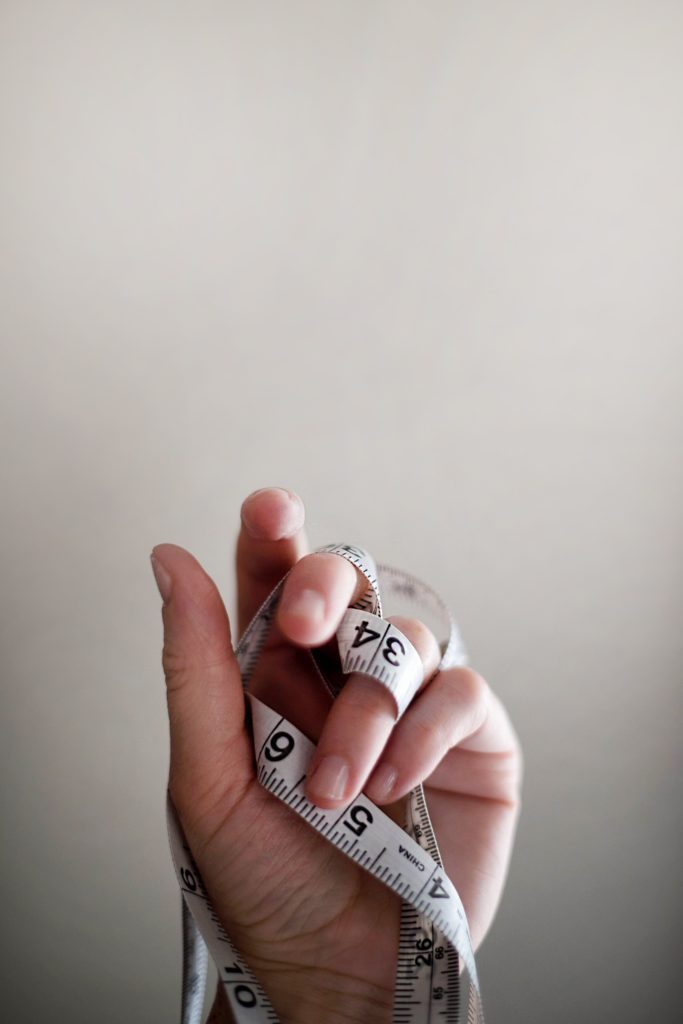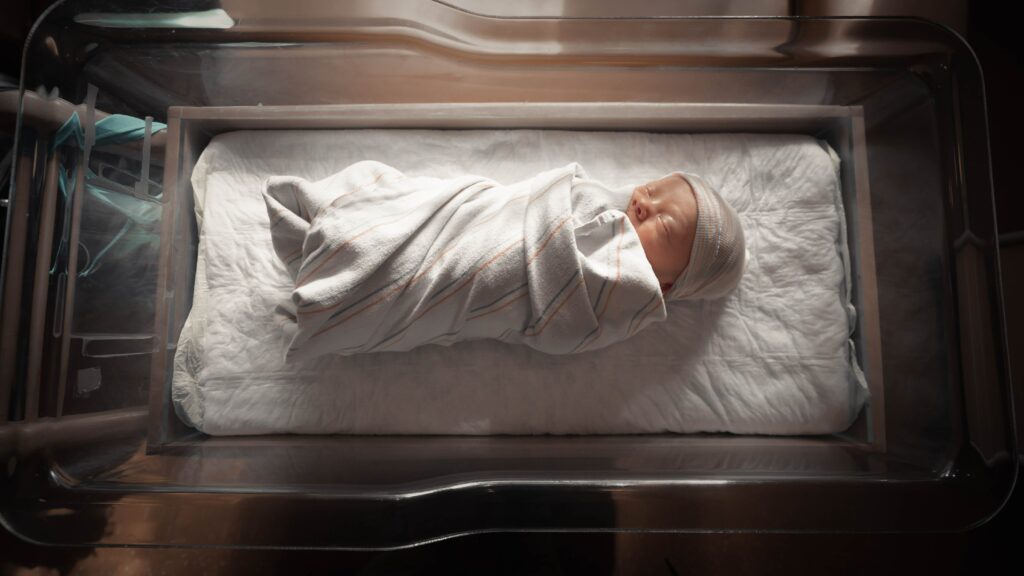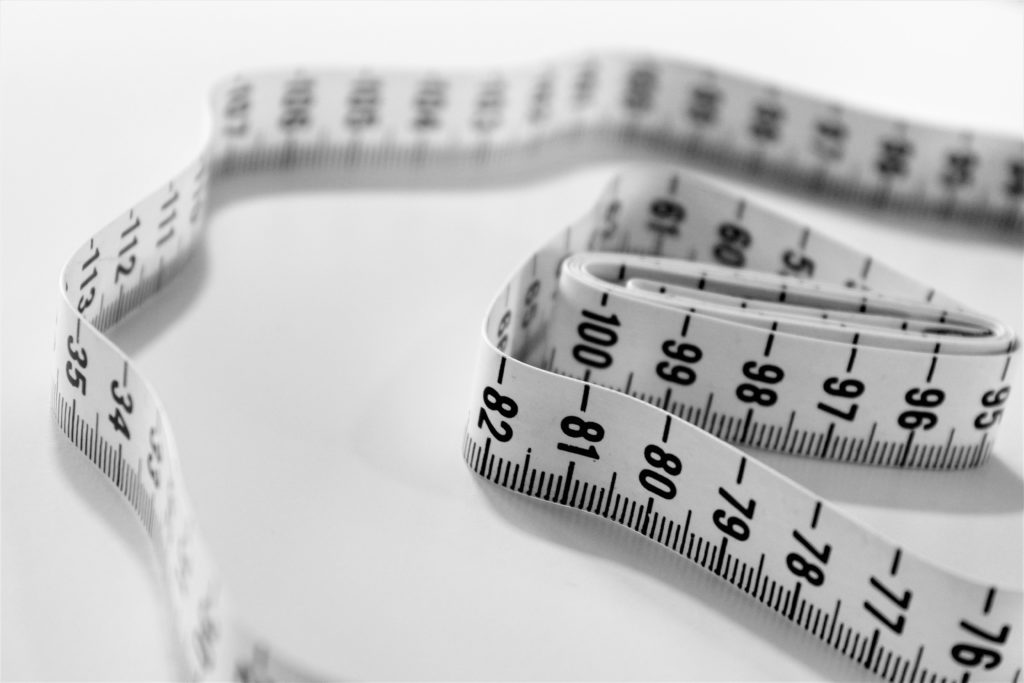The Life Cycle of Dieting

Here’s some real talk you may not want to hear – MOST OF US ARE NOT READY TO DIET EFFECTIVELY.
Pause for reaction.
It’s not uncommon to start a diet and be unsuccessful. Have you ever tried, and felt like you “failed” at dieting? I think we all have a hand (or two) in the air right now. I know I’ve been haphazard about dieting in the past, and it has NOT served me.
When you reflect on your less than stellar attempts at a fat loss phase, what did you do to PREPARE yourself? I’m sure you went to the grocery store and did some meal prep, but what did you REALLY do to set yourself up for success? Dieting is so much more than restricting your intake.
It requires pre-work, set-up, and an understanding of where you’ve been and where you’re about to go. Some of which can take MONTHS to implement and regulate.
Gather round to learn about the Life Cycle of a Diet and what to expect in each phase.
First Things First
Diets, deficits, and restricted eating have RESIDUAL effects. Meaning, if you’ve been on a meal plan, undereating, or in a prolonged deficit, it impacts more than just your waistline in the given moment. Dieting affects the body on a physical, psychological, and hormonal level, and therefore must self-regulate before, during, and after. If you’re one of those people, who is “always trying to lose weight,” I am talking to you, bish!!
Let’s say you’re on a crash diet, eating 1200 calories per day for 30 days leading up to vacation. Then go on said vacation and dive in headfirst off the deep end and into the swim-up bar, extensive room service menu, late-night treats, and more.
What happens?
You’re probably going to gain weight! Maybe just a few pounds at best…but worst case scenario you gain back ALL the weight you lost in the previous 30 days…and realistically, probably more.
Additionally, your body, which has adapted to functioning on 1200 calories of food, is now receiving 3000 calories (at least!) but hormonally still acting as though it’s getting that same 1200. Your metabolism may catch-up (probably not, tho), but often your hormones are slower to adjust. THEN, you go home and crash diet again to rid yourself of the pounds you added in your vacation surplus, and drive yourself crazy in the entire process.
Your metabolism is a whole-body system, and when you go from one extreme to the other, you’re essentially drop-kicking your internal systems from one end of the playfield to the other. The worst part, you have no idea what your current situation is, so any diet you try to enter will be blind as hell and a total crapshoot. It’s like a diet roulette. Maybe it’ll work, perhaps it won’t, regardless it’ll be frustrating.
Alternatively, you’ve been undereating your entire life because our culture is diet-obsessed, and we’re all brainwashed to think eating as little as possible is the right thing to do.
So what do you do before you diet?
You don’t diet. LOL!!!
That’s right. And it sounds counterintuitive, I know!
Hear me out, tho.
Before You Diet
Your metabolism is adaptive – meaning it will adapt to your calorie intake over time. And when you’re eating a low-calorie diet and working out a ton, your body is STRESSED, and hormones are down-regulated. So you need a break.
Conversely, if you’ve never dieted before, a diet is NOT the time to start good habits.
Before the diet, your focus should be:
- Understanding your current situation, mentally, physically, and hormonally.
- Evaluate your stress management, ability to recover, sleep, food thoughts, and cravings.
- Ladies, think about your period. Do you have one? Good. If not, you have to get it back. Work with a doctor to run an appropriate panel of tests to figure out what’s going on
- Eat at maintenance.
- CREATE HABITS.
Let’s spend a second to dissect the last two bullets.
Eat at Maintenance
If you’re not feeding your body, you’ll have nothing to take away from it when you are ready for a fat loss phase. So if you’ve adapted to eating 1200 calories, you either have to eat LESS or get your body to respond. Eating less is NOT ideal. It’s NOT ideal to be starving, irritable, weak as shit, etc. So how do you get your body to respond? You eat. Or, you reverse diet. More on that to come.
Create Good habits
I’ll say it again, a dieting or fat loss phase is NOT the time to establish habits. It’s hard enough to live in a deficit, let alone living in a deficit while trying to force yourself into new behaviors. So use your prep time as one to get acclimated with the qualitative and quantitative measures below:
- Repairing your relationship with food
- Grocery shopping and meal prepping
- Becoming less emotional about the scale, and other weight loss trackers*
- Prioritize sleep
- Understand portions, and your levels of satiety, satisfaction, hunger, and fullness
- Optimize your hormones and hunger
If you’re NOT consistent on the regular, then you’re not going to be when trying to diet.
While You Diet
After you start a diet, you have to be consistent. Even when it gets hard. If you’ve read THIS post, you know – it can get hard.
It’s also tempting to ditch your adherence the second the weekend hits, but check this out:
If your deficit is 1800 calories per day, that’s a total of 12,600 calories per week. If you go haywire on the weekends, despite being inline during the week, you’re NOT consistent.
- Monday: 1800
- Tuesday: 1800
- Wednesday: 1800
- Thursday: 1800
- Friday: 3000
- Saturday: 2500
- Sunday: 4000
That’s a TOTAL of 16,700.
Whoa – a few “cheat meals” really add up and derail. So one more time, when I say BE CONSISTENT, I mean… be consistent.
That’s NOT to say you can’t indulge. Check out my POV on that here. But if you’re maintaining a deficit certain sacrifices have to be made. Be strategic.
When you diet, your satiety hormone decreases, and the hunger hormone INCREASES. Sounds like a cruel joke, right? That can lead to irritability, yo-yo dieting, and ultimate “failure” if you don’t have a handle on how to handle the rough patches.
Consistency is fueled by progress, and milestones, so I rely on my food scale for accuracy, and then progress pictures and my Dara scale for consistency, accountability, and ultimately, a view of long-term success.
A few of the strategies I use to navigate hunger include:
- HYDRATION (water, unsweetened tea or coffee)
- Zero-calorie beverages like diet soda
- Chewing gum
- Having a MINDFUL evaluation system for cravings/hunger
- Keeping a list on my phone of things I can do instead of poking around the pantry or fridge aimlessly (read, journal, meditate, organize, etc)
Fat loss is SLOW going, slower than you want it to be. Don’t feel rushed and focus on your adherence. If you’re going to do it – commit.
Your Exit or Reverse Diet
Just about everyone has a detailed plan for weight loss, whether that be of their design or a cookie-cutter PDF they’ve purchased off the internet. But what about when that plan is done? It’s pretty much an afterthought, right?
That “first meal” post-diet is usually something we fantasize over for WEEKS. We focus on the diet, but what about MAINTAINING that progress long after the diet is over?
Guess what – your body doesn’t care about finish lines, deadlines, or timelines. It will continue to optimally function whether you’re wanting to sustain fat loss or not. So you have to exit your diet in a way your body can responsibly respond to so you don’t end up putting the weight that was lost back on.
A reverse diet or diet exit is a strategic linear increase of calories to combat metabolic adaptations that arise from being in a caloric deficit. That’s one helluva sentence, right? Let’s unpack that.
Linear Increase of Calories
It’s your post-diet diet that prevents rapid weight gain when you’re ready to live your life outside a caloric deficit. And you can mitigate it by incrementally and slowly building caloric intake once you achieve your goal weight or physique.
Metabolic Adaptations
When you diet, your metabolic rate slows down. You’re giving your body less energy to work with, so it’s naturally going to conserve as much energy as it can to survive. THIS IS NOT TO BE CONFUSED WITH A DAMAGED METABOLISM. The last decade of research will show you there is, in fact, no such thing as starvation mode OR a “damaged metabolism.” Please don’t @ me. Instead, read this study, and this one, and this one too.
When you diet, your metabolism slows down, and not only is it completely NORMAL – it is REVERSIBLE.
Let’s recap that really fast – there are natural metabolic adaptations that result from a dieting phase. If you understand those adaptations, you can work around them while you’re in a dieting phase, and you can mitigate them as you leave a dieting phase.
WHY is a Reverse Diet important?
Remember our example from above? The crash diet to get ready for vacation, the weight gain while on vacation, and then the crash diet after? Let’s revisit what caused the pounds to pack in the first place…
The quicker you lose weight, the easier it is to gain back. And the MORE time you spend in a deficit, the slower your progress will be.
THAT HAPPENS FOR TWO REASONS…
- When you diet, you’re giving your body less energy, so your metabolism slows
- Fat cells MULTIPLY or SHRINK. They do NOT disappear. WHAT A GD JOKE, RIGHT?
When you diet, fat cells shrink. When you overeat, they MULTIPLY. Furthermore, when they are in a shrunken state, they are deficient of a hormone called leptin, which signals to your brain that you NEED MORE FOOD. When leptin is down, a hormone called Ghrelin is HIGH. Ghrelin is the hormone that signals HUNGER to your brain. That explains why it’s so hard to diet, right? Remember when I said your hormones aren’t regulated after dieting? That’s what I’m talking about. If you go from a deficit to a surplus, to a deficit again you’re flipping a switch TOO QUICKLY and those hormones and your metabolism can’t keep up.
To gradually increase your calories, this is what you do:
- Recalculate your FINISHING CALORIC BALANCE
- Recalculate your maintenance
- Connect the dots week by week 5-10% at a time
Got it? OKEY! JK. Lemme show you what I mean.
REVERSE DIET EXAMPLE:
Let’s say I started a diet eating 1800 calories, and when I finished my diet, I was eating 1400 calories.
To recalculate my FINISHING CALORIC BALANCE, I would take my ending deficit (1400) and add 300. My FINISHING BALANCE is 1700.
Why 300? It’s just enough to eat a TAD more without experiencing weight gain. This number is kind of our mental “safety” net to condition our mental state that we’re going to be okay coming out of this diet. Eating more doesn’t HAVE to mean weight gain! Woo. There are differing opinions, and this is the one I like the most.
THEN recalculate your maintenance! Let’s say my new maintenance is 2173 calories. Check out this post HERE. (I would go on the low end.)
Now I’m ready to connect the dots. I would take my FINISHING BALANCE of 1700 and increase 5-10% calories per week until I reached that 2173 maintenance balance.
- Week 1-2:1700
- 3-4: 1870
- 5-6: 2057
- 7-8: 2173
EVERYONE IS DIFFERENT. This plan shows an 8-week reverse. Maybe you need 12 weeks! You can track your progress by any given method:
- Weigh yourself daily. The day-to-day numbers aren’t significant; your weekly and monthly averages are going to be HELPFUL DATA. The reason why I LOVE the Dara scale from Fittrack is it is SO data-informed and tells a holistic picture of your experience. You can track your process without judgment and OBSERVE your habits, patterns, and long term trends to troubleshoot and achieve your goals. If you want to get your hands on your own, use THIS link and use code KATE25 to receive a 25% off discount.
- Measure your waist, hips, and other body areas. Can give a more accurate picture of body composition better than a standard scale
- Progress photos. It can give a more accurate picture of body composition better than a standard scale – AND is more reliable than a mirror.
- Workout performance and your ability to recover
- Track energy levels, hunger, and sleep
By successfully executing your reverse diet you’ll regulate the response of your hormones and metabolism not only while you diet but as you exit. It’s a beautiful thing.
In Conclusion: THE LIFE CYCLE OF A DIET
Sustainable progress and a sustainable HEALTHY lifestyle will take time. You can’t just flip a switch. And as lovely as a quick fix may be, they always come at a price. If followed correctly and strategically, the above (although it takes time) is THE way to change your body. The more you know, the more empowered you are. And the less you need to restrict or obsess over your behavior.
Once you’re comfortable with a fitness protocol, good nutritional habits, and have your mind right, you’re ready to start your cut or fat loss phase.







Picnic table rentals available on good prices.